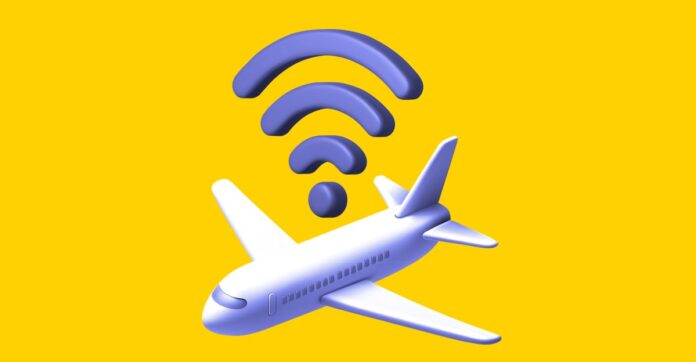Introduction to In-Flight Wi-Fi Revolution
Last Thursday, I had the opportunity to experience one of the first United Airlines planes equipped with Starlink’s satellite Wi-Fi. The flight was a short, 90-minute trip from Chicago’s O’Hare Airport, but it was enough to leave me wondering if this could be the end of spotty in-flight Wi-Fi and expensive connectivity fees. The test plane, an Embraer E-175, was filled with a festive atmosphere, complete with United’s top executives serving passengers first-class snack boxes and plastic cups of Champagne.
The Test Flight Experience
The flight was a test run for United’s new partnership with SpaceX’s Starlink, which promises to bring fast and reliable Wi-Fi to the skies. I was joined by other journalists, online influencers, a Twitch streamer, and someone from video game publisher Blizzard. As soon as I sat down, I was instructed to connect to the Wi-Fi using United’s mobile app, which required me to sign up for the airline’s loyalty program, MileagePlus.
How it Works
To log on, passengers need to agree to a few rules, such as no voice and video calls, using headphones for audio, and avoiding content that others might find offensive. Once you agree to these terms, you can sign into your MileagePlus account to access the Wi-Fi. Fortunately, MileagePlus is free to sign up, and United says it has no immediate plans to charge extra for Starlink Wi-Fi. This sets the airline apart from most carriers, which charge for Wi-Fi, with rates varying from $8 for a domestic flight to $600 for annual connectivity plans.
Speed and Performance
I was impressed by the Wi-Fi speeds, which averaged 128 megabits-per-second (Mbps) for downloads and 23.9 Mbps for uploads. The picture quality was crystal clear, and the latency was low, making it feel like I was browsing the internet from my living room. I surfed the web, scrolled through social media, watched a few minutes of a TV show, streamed a live soccer game, and even had a video call with a colleague. The only time I ran into some issues was when I tried uploading video clips to Google Drive, which took longer than expected.
Comparison to Other Wi-Fi Providers
Starlink’s Wi-Fi works better than most other providers because of the sheer number of satellites it has in low-earth orbit, which currently stands at over 7,000. This allows the company to offer Wi-Fi with much lower latency thanks to the shorter distance the signal has to travel. United isn’t the first airline to integrate Starlink, but as North America’s largest carrier, the selection of Elon Musk’s satellite internet service is certainly a harbinger of things to come.
Monetization and Future Plans
While United is offering free Wi-Fi for now, the airline is already thinking about how it can monetize this new connectivity. The company plans to use the real-time data and low latency to serve up personalized ads to passengers. United also plans to install Starlink modems on all 1,026 planes in its fleet, starting with its two-cabin regional jets before moving up to the mainline aircraft. There’s no word yet on when the airline plans to bring the technology to its international flights or how it will factor into the Star Alliance.
The Future of Remote Work
The introduction of fast and reliable in-flight Wi-Fi raises concerns about the future of remote work. With the ability to stay connected at all times, it may become increasingly difficult to disconnect from work while traveling. This could lead to a blurring of the lines between work and personal life, making it harder for people to fully unplug and relax during flights.
Conclusion
In conclusion, United’s partnership with Starlink has the potential to revolutionize the in-flight Wi-Fi experience. With fast and reliable speeds, low latency, and no extra cost, passengers can enjoy a seamless browsing experience from takeoff to landing. While there are concerns about the impact on remote work and personalized advertising, the benefits of this technology cannot be denied. As the aviation industry continues to evolve, it will be exciting to see how airlines like United leverage this technology to enhance the passenger experience.

